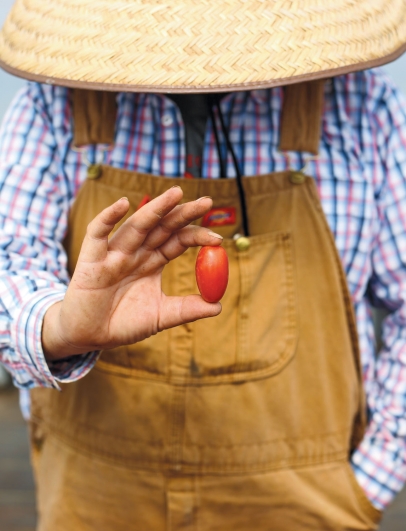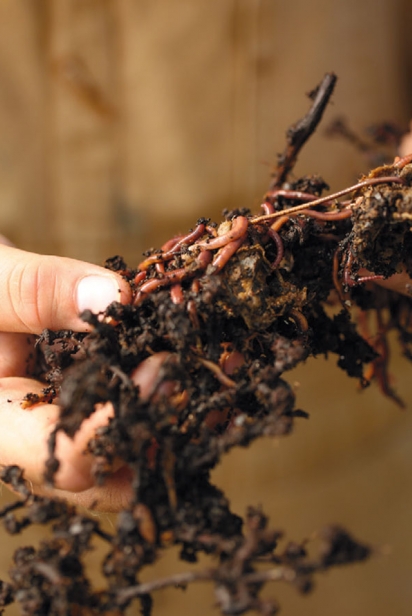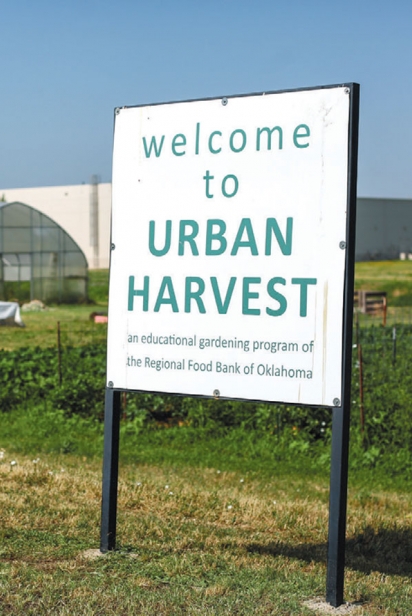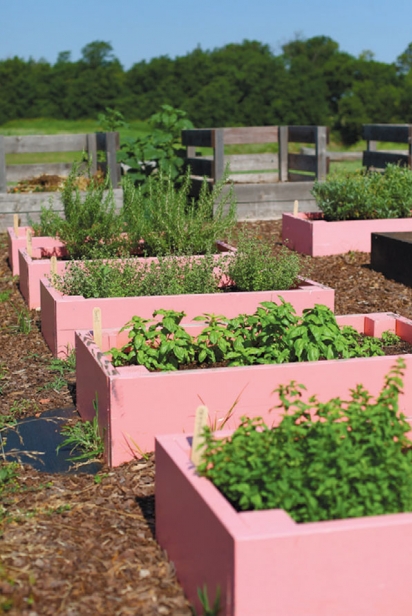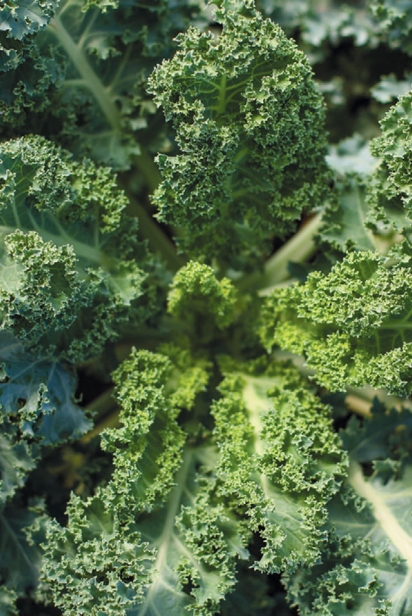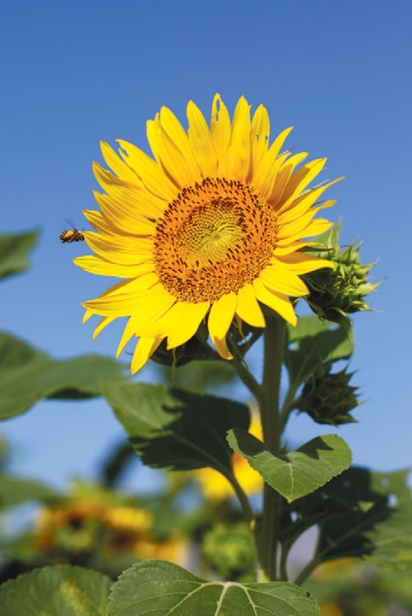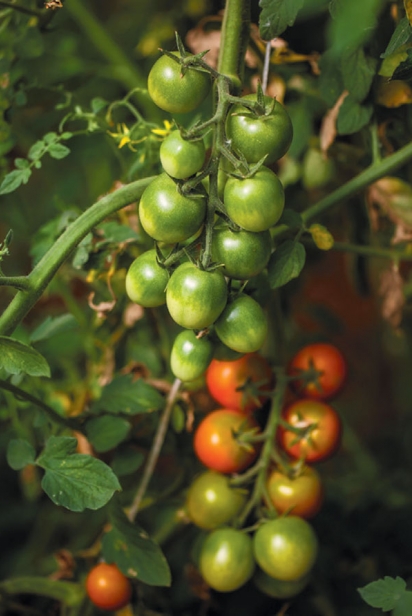Urban Harvest
Regional Food Bank
Walking into the average grocery store, the consumer is usually greeted with a lush produce section. Leafy greens kept moist under misters and vibrantly colored peppers run along the walls, flanking displays of fresh fruit stacked high. Many shoppers will start at this section and fill their baskets with nutritious vegetables for their weekly meals. But for the 600,000 plus Oklahomans who live under the poverty rate, produce is a luxury that must often be skipped over in favor of cheaper, shelf-stable ingredients.
The Regional Food Bank has been doing its best to combat hunger in central and western Oklahoma, donating 52 million pounds of food last year through its network. Since 2001, Urban Harvest has been operating at the food bank’s southwest Oklahoma City location to supplement the region’s diets with fresh fruits and vegetables.
“We tend to grow crops that will be familiar to our clients, but we do try to provide some vegetables that may not be readily available in their area,” explains Mason Weaver, who is the manager of Urban Harvest. “Our clients often have limited access to transportation and may live in food deserts where it is difficult to find a wide range of fresh foods. We try to provide an interesting variety of vegetables while keeping in mind that our clients often have hectic schedules and little downtime for experimenting with exotic foods.”
With nearly four acres to grow on, Urban Harvest has been contributing to that mission on a large scale. Although much of the food they grow goes towards programs to feed people, a significant portion of their growing is intended for community gardens throughout the area. This year, Urban Harvest projects distribution at more than 10,000 vegetable plants to more than thirty gardens.
“Our partner gardens serve a variety of different missions, but are primarily engaged in our shared mission of feeding food insecure Oklahomans,” Mason says. “We grow and distribute plants in spring, summer, and fall to our partner gardens as well as providing them with fruit and vegetable seeds. Our partner gardens are at food pantries, senior centers, after school programs, churches, and other nonprofits.
Not only does this provide key nutrition, but it’s also an opportunity for people to get a hands-on experience in the agriculture process. With so many of us in this day and age disconnected from where our food comes from, this can be an important way to introduce seasonal eating habits to new generations.
Now that summer has arrived, nature’s bounty is in full swing, and Urban Harvest is able to grow a full range of desirable foods. Favorites such as tomatoes and several varieties of peppers, cucumber, and okra are available for them to distribute to those in need. But people are still hungry for nutritious food in the often-harsh winters of Oklahoma, when many crops are difficult to grow.
To aid in food production during this downtime, Urban Harvest has both a greenhouse and a hoop house. These covered structures act as shelters for delicate vegetables such as leafy greens which provide important nutrition. Workers also are able to use those spaces to extend spring and fall growing seasons in case our ever-shifting climate isn’t cooperative.
It can be a struggle to accomplish so much, especially with a tiny staff. Urban Harvest employs two full-time team members and a small part-time seasonal crew. They, like the Regional Food Bank, rely heavily on volunteers to help with some of the heavy-duty tasks like composting and mulching. Groups of up to twenty are welcome to pitch in during the growing season. In addition to giving back to their communities, volunteers are provided with a wonderful opportunity to learn about food production and conservationism.
To get yourself or your organization involved, visit RegionalFoodBank.org.


